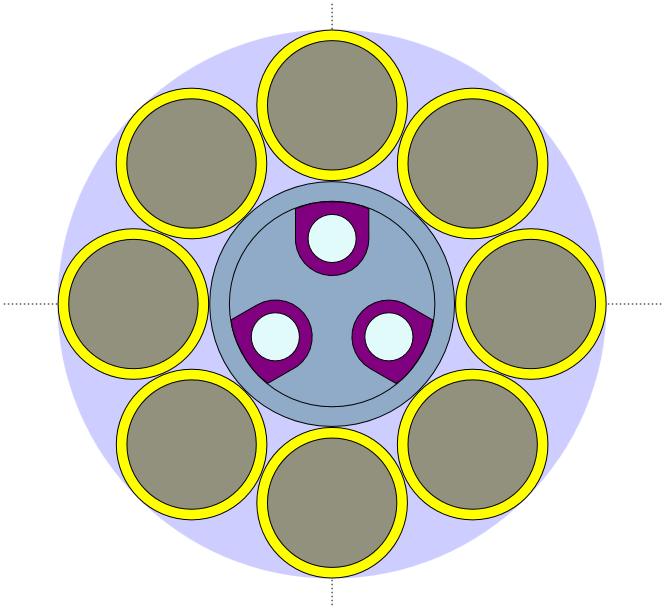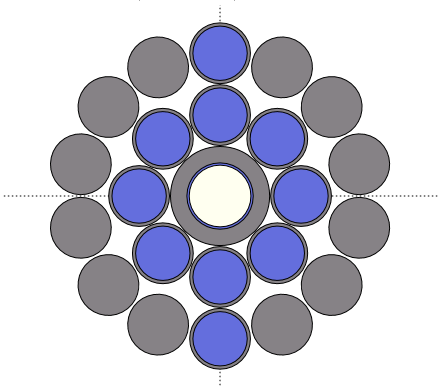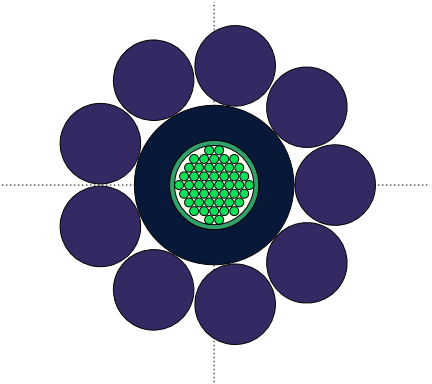SESImpedance
Computation of Internal Impedances of Arbitrarily Shaped Conductors
SESImpedance is a Finite Element Method (FEM) based program that computes the internal impedance per unit length of long conductors of constant cross-section, with arbitrary geometry and composition. The calculations fully account for skin effect, and can be carried out at low or high frequency.
This object-oriented application is highly interactive and visual. Complex solid and hollow conductors with various electrical characteristics can easily be modeled and analyzed by:
Examples of conductors that can be modeled using SESImpedance include:
|
Coated Stranded OPGW |
CentraCore Optical Ground Wire |
Rail Track |
Creating and Editing Polygon Part Type
Conductor geometries are drawn in SESImpedance using simple shapes (known as Parts) such as Rectangles, Ellipses and Polygons by editing the vertices of polygons interactively and graphically.
At each refinement step, the Laplace Smoothing technique is applied to the generated mesh.
In addition, a routine controls the number of segments that define not only the Circles and Ellipses, but all other parts as well. The number of segments is internally optimized in order for the program to generate a better initial mesh.
SESImpedance also computes and reports the characteristics of an equivalent conductor of circular cross-section that has the same internal impedance as the specified conductor, making it possible to use SESImpedance results in applications that are restricted to circular conductors. Several options are available to define the radius of this Equivalent Circular Conductor.







